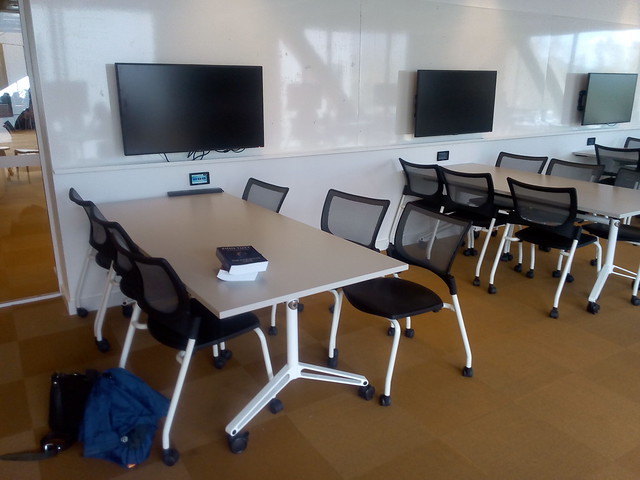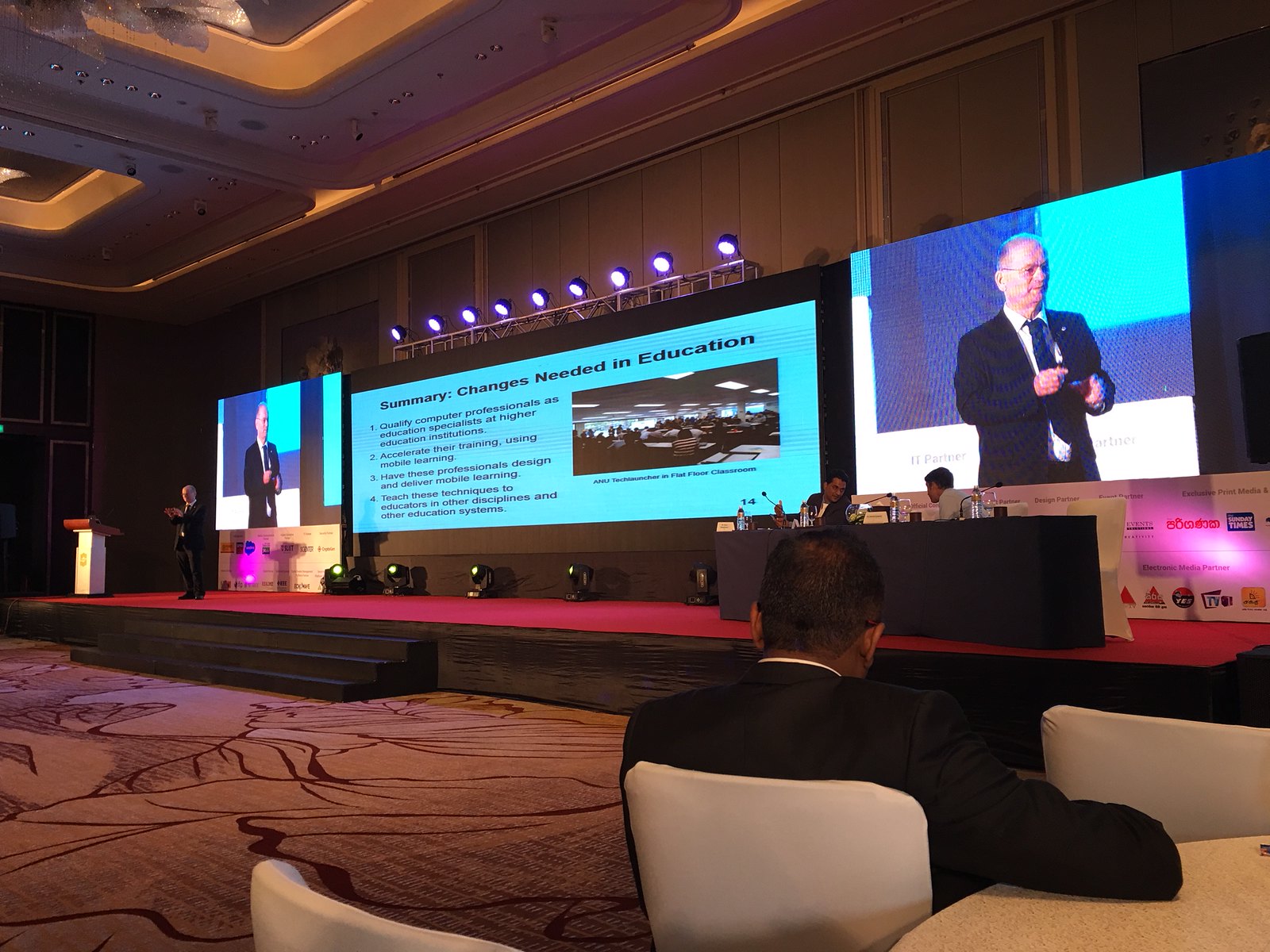The Australian National University is to
pause all coursework teaching for one
week from Monday 23 March and then deliver online for the remainder of the semester. Here is an example of a message I prepared for
Techlauncher computer group project students about the change to e-learning. These students receive few conventional lectures, instead they work in teams on a project, and meet with a tutor regularly.
Transition to Online Study

The TechLauncher program is
now being delivered online, due to
COVID-19.
I have some experience with online education, and so will be providing
some tips for students, and tutors, over the coming weeks. Here are the
first:
Use the tools you have: You already have an array of
online collaboration resources
available to you. With most of these, an individual can contribute at
any time, and it is stored so others can view it later. In education,
this is called
asynchronous mode. Many software development teams, who are spread across the world, work this way. However, to get a sense of
being a team, and when quick decisions are needed, nothing beats real-time
synchronous communication, with everyone contributing at the same time.
For online tutorials, ANU has provided
Zoom Videoconferencing. There is a Zoom "Meeting" for
each tutorial group. You can use the meeting-id
via the web, or download the client
for your computer, or smartphone. With the agreement of your tutor, you
can use an alternative conferencing product for tutorials. Teams can
use whichever tool they find most useful for their own meetings.
You may not need video: While it is called a
video
conferencing tool, Zoom, and similar products, work well with audio,
slides, and screen sharing. As team members already know each other
well, you do not necessarily need to
see each other. You can
also use your asynchronous tools in a near real-time mode, talking
together via Zoom, while looking at, and modifying shared documents. A
headset greatly improves the quality of sound, and also using a
smartphone, rather than a computer for audio tends to have fewer
problems. You can use your smartphone for sound and your computer for
documents, at the same time.
Meeting preparation is important: Whatever tool you
use, keep in mind that good meeting preparation is even more important
online than for a face-to-face meeting. You need to solicit items for
the agenda well in advance, and preferably circulate the agenda, and any
documents for discussion, well beforehand. It can become very confusing
if documents participants have not seen before popup online during the
meeting.
The tool you are using to distribute documents and images may fail
during the meeting, leaving just audio (and perhaps text chat). During
the face to face presentations, you have been encouraged to be ready to
keep talking if the video display fails and the same applies online: if
the video fails you need to be prepared to keep going, referring to
documents the participants already have, or painting them a picture with
your voice.
The Campus still open but be prepared: At present
ANU has not closed the campus, so physical meeting rooms are available.
However, this could change without notice, so please prepare now for
on-line working. Also while you should take
sensible precautions, there is no general requirement to
self-isolate at this stage.
Don't Panic: I have been
delivering on-line education at ANU for a decade, using the same proven techniques we are implementing for Techlauncher. From 2013 to 2017 I was a
graduate student of education,
refining these techniques for delivering international distance
education. From this experience, I learned which techniques work, but
more importantly, how it is key we remember there is a
person on the other end of the network connection, and to treat them as such.
I would welcome comments, suggestions, and corrections.
Tom Worthington
Instructor for Learning to Reflect













/2014/04/09/97612e8c-a863-4186-931a-7b25c31f6f86/41mn1VGNZDL.jpg)